Do you find meditation challenging? Is sitting still during meditation difficult for you? Then you would be more than glad to know about moving meditation. If traditional meditation isn’t working for you, then you can still find inner peace while on the move.
Welcome to the world of moving meditation, where the gentle flow of movement becomes a pathway to inner harmony and mindfulness. Instead of zoning out on a cushion, you can get your zen on while walking, dancing, or even washing dishes. Sounds pretty cool, right?
Today, let us explore what is moving meditation, discover its various types, delve into the numerous movement meditation benefits, and learn how to incorporate this beautiful practice into our daily lives. Here every step, sway, and scrub becomes a pathway to inner peace. So, let’s dive in.
What is Moving Meditation?
Moving meditation is a form of meditation where instead of sitting still, common in regular meditation, you meditate while moving around. Simply by bringing your attention to your breath and physical sensations, you can find inner peace whether you’re walking, dancing, exercising, doing yoga, or even just doing household chores.
So what is moving meditation? It’s a way to calm your mind and relax while staying active. Moving meditation typically involves some form of body positioning or physical movement, a strict focus on breathing, a calm state of mind and a deep state of relaxation.
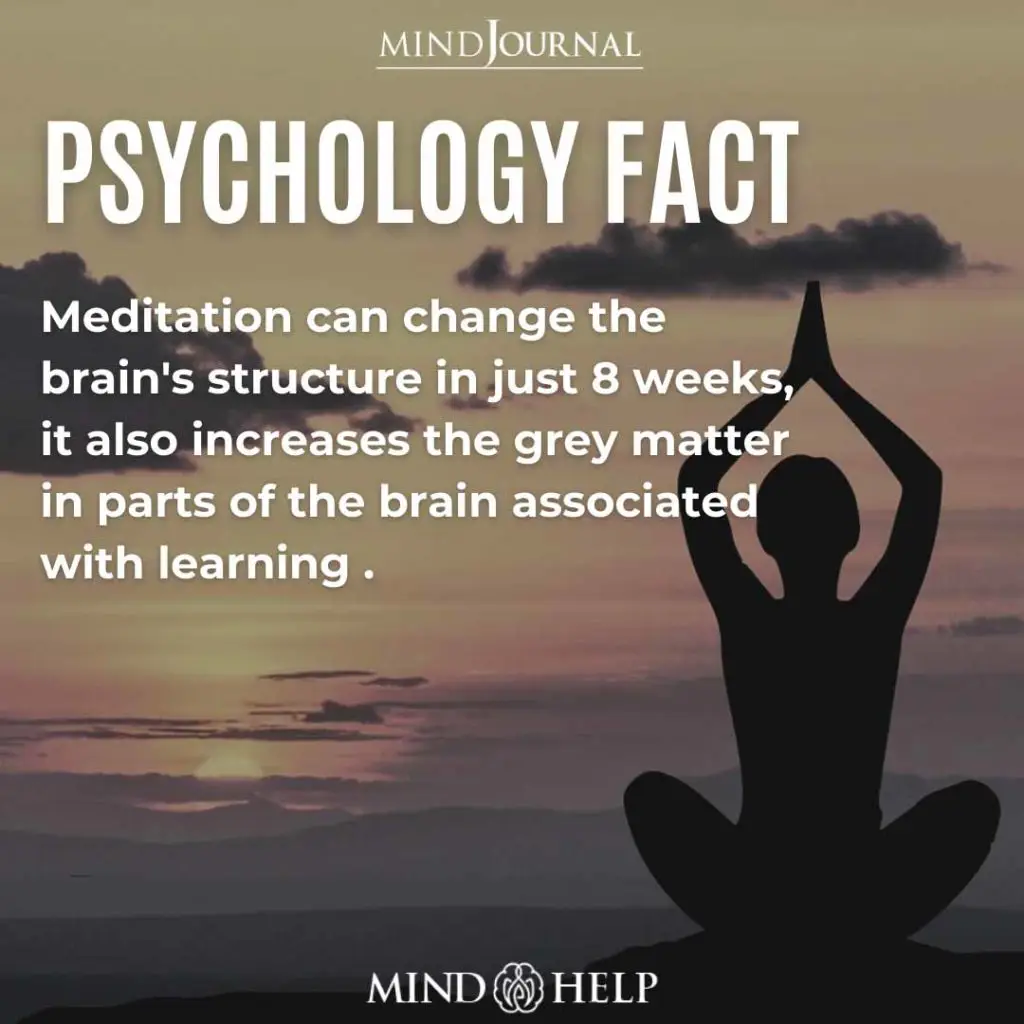
Moving meditation mainly combines mindful movement with a focused state of awareness. Unlike traditional seated meditation, moving meditation encourages the integration of mind, body, and spirit through purposeful physical activity.
Related: How To Meditate Without Meditating: 7 Alternative Forms of Meditation
It involves engaging in rhythmic, repetitive, and intentional movements while maintaining a present-moment awareness. According to researchers, “Moving meditation exercise may reduce the depression level of elderly individuals and improve sleep quality.” It can also be a supportive approach for traditional treatments.
Moving meditation is a way of connecting with your soul through natural, physical movements. Whether you walk, dance, clean or do gardening, as long as you are mindful and focus on your breathing, you will be able to connect with your inner self and the world around you in a more meaningful and deeper manner.
It’s basically meditation in motion, where every step, stretch, or sway helps to calm your mind and nurture your spirit. So, if sitting still isn’t your cup of coffee, moving meditation can help you find your zen while dancing to your own rhythm.
Now that we know what is moving meditation, let’s take a look at the types of moving meditation.
4 Types of Moving Meditation
Wondering what are the various types of moving meditation? From walking and tai chi to yoga and dance, each form offers unique pathways to inner peace. Here are some of the most common ways to move and meditate –
1. Tai Chi
Originating from ancient China, Tai Chi is a graceful and slow-moving martial art that embodies the principles of balance, harmony, and energy flow. It consists of a series of fluid, continuous movements that promote relaxation, flexibility, and inner peace. This is one of the most popular types of moving meditation.
Studies have found that Tai chi is effective in boosting immunity and in coping with –
- Infections
- Cardiovascular conditions
- Metabolic syndrome
- Bone mineral density in postmenopausal women
- Sleep disorders
- Certain cancers
Tai chi also has positive effects on “psychological well-being, such as reducing stress, anxiety, depression, and mood disturbance, and increasing self-esteem.”
2. Qigong
Qigong is an ancient Chinese practice that involves a combination of movement, breath control, and meditation. It focuses on cultivating and balancing the body’s vital energy, known as “qi,” through gentle exercises and postures.
Qigong enhances the physical health, mental clarity, and emotional well-being of the practitioners. In fact, research has found that Qigong can promote relaxation, reduce anxiety, depression, and blood pressure, and promote recovery from immune-mediated diseases. This is how to move and meditate.
3. Yoga
While often associated with static postures, yoga also encompasses dynamic movements that can be considered a form of moving meditation. Practices such as Vinyasa, where flowing poses are synchronized with the breath, create a meditative state of mindfulness and self-awareness.
According to a study, practicing yoga can help to –
- Enhance muscular strength and body flexibility
- Promote and improve respiratory and cardiovascular function
- Promote recovery from and treatment of addiction
- Reduce stress, anxiety, depression, and chronic pain
- Improve sleep patterns
- Enhance overall well-being and quality of life.
4. Walking Meditation
Walking meditation involves paying close attention to the sensations of walking, connecting with the environment, and maintaining a focused awareness of each step. It can be practiced both indoors and outdoors, providing a calming and grounding experience.
Studies have found that mindful walking leads to “reduced psychological stress symptoms and improved quality of life.”
Related: Sufi Whirling Meditation: The Cosmic Dance To The Journey Within
Moving Meditation Benefits
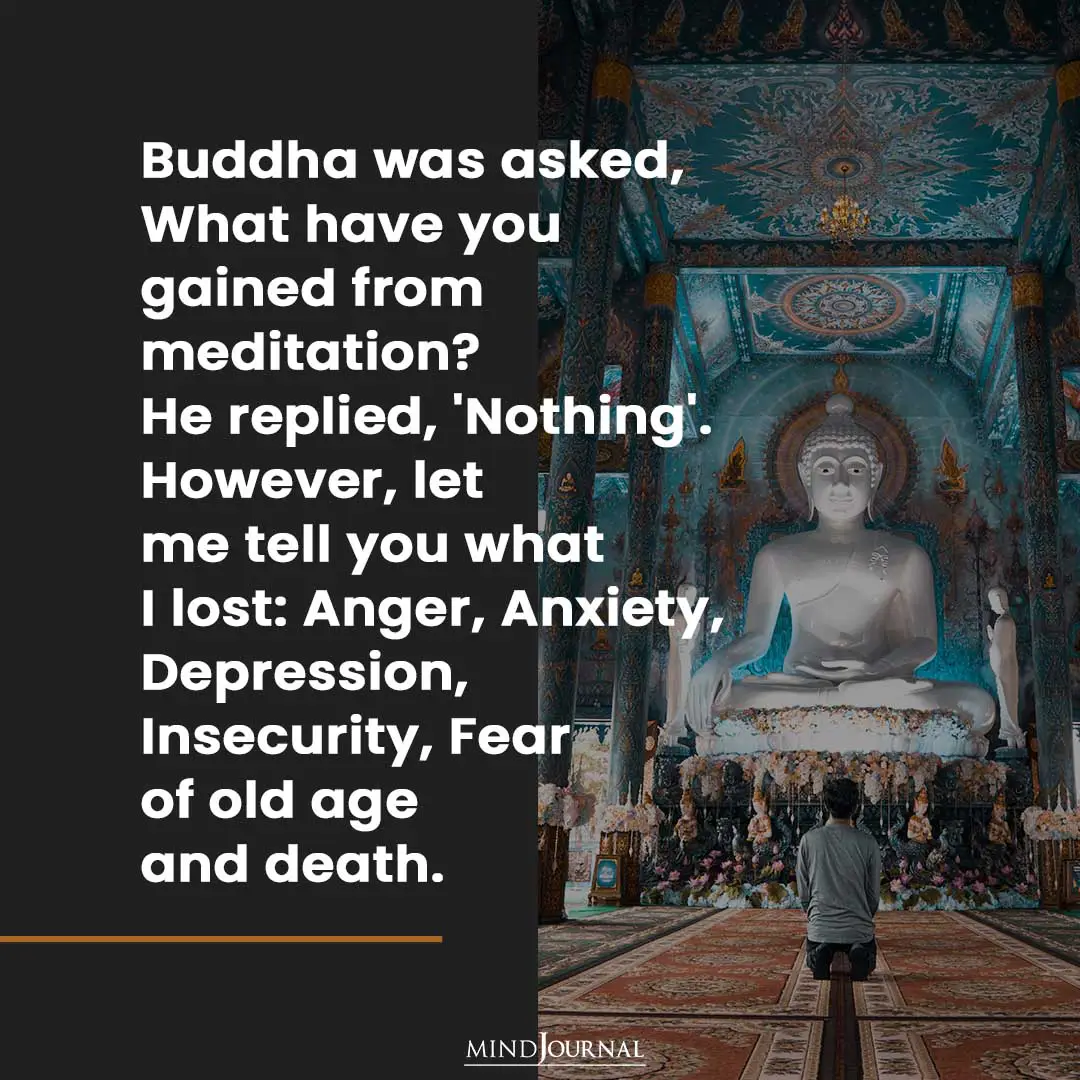
Moving meditation has a transformative power which offers not just physical fitness, but also stress reduction, improved focus, and enhanced mindfulness through dynamic movement practices.
Researchers have found that meditative movement has shown “positive effects on a wide range of mental and physical measures,” and “a broad range of health conditions.”
When you move and meditate, it may help to improve cognitive ability, immune function, cardiac and pulmonary health, aerobic capacity, balance, bone density, and strength. It may further help to reduce depression, anxiety, inflammation, arthritis, and diabetes.
Here are some of the most common movement meditation benefits you should know about –
1. Enhances Mindfulness
Moving meditation brings attention to the present moment, cultivating mindfulness and developing a heightened awareness of the body, breathing, and surroundings. It allows us to let go of distractions and dive deep into the experience of the present moment.
2. Reduces Stress and Anxiety
Engaging in rhythmic and purposeful movements while practicing moving meditation can help reduce stress, anxiety, and tension. The gentle flow of motion releases physical and mental tension, promoting a state of relaxation and inner calm. This is one of the best movement meditation benefits.
3. Improves Physical Health
Moving meditation practices like Tai Chi, Qigong, and Yoga improve flexibility, balance, and posture. They also enhance cardiovascular health, strengthen muscles, and promote overall physical well-being. This is among the basic movement meditation benefits.
4. Cultivates Emotional Well-being
Moving meditation nurtures emotional well-being by allowing emotions to flow and be acknowledged without judgment. It provides a safe space to release negative emotions, promote self-compassion, and cultivate positive emotions such as joy, gratitude, and serenity. This is what happens when you move and meditate.
Related: How Meditation Can Help Develop Empath Intuition
How to Do Moving Meditation In 8 Steps
Ever wondered how to find inner peace without sitting still? Here’s how to practice the art of moving meditation, where every step becomes a mindful journey –
1. Find a Suitable Space
Choose a quiet and peaceful environment where you can move freely without distractions. It can be indoors or outdoors, as long as it offers a sense of tranquility.
2. Warm-Up
Before diving into the practice, warm up your body with gentle stretches and movements. This prepares your muscles and joints for the flowing motions ahead.
3. Set an Intention
Reflect on your intention for the practice. It could be cultivating inner peace, increasing self-awareness, or simply finding a moment of relaxation. Setting an intention helps anchor your focus and infuses meaning into your movements.
4. Begin with Mindful Breathing
Take a few deep breaths to center yourself. Focus your attention on the sensation of the breath entering and leaving your body. Allow the breath to become an anchor for your awareness throughout the practice.
5. Engage in Purposeful Movement
Choose a moving meditation practice that resonates with you, such as Tai Chi, Qigong, Yoga, or walking meditation. Slowly and mindfully engage in the movements, paying attention to the sensations, the flow of breath, and the connection between mind and body.
6. Cultivate Awareness
Maintain present-moment awareness as you move, fully immersing yourself in the experience. Notice the sensations in your body, the fluidity of your movements, and the thoughts and emotions that arise. Embrace them without judgment, simply observing and allowing them to pass.
7. Find Your Rhythm
Allow the movements to flow naturally, finding a rhythm that feels comfortable and harmonious to you. Let go of the need for perfection and instead focus on the joy of the practice itself.
8. Gradually Transition
When you feel ready to conclude the practice, gradually slow down your movements and bring your attention back to your breath. Take a few moments to savor the stillness and inner peace you have cultivated.
Related: Meditation As A Spiritual Practice: Spiritual Meditation Meaning And Benefits
Takeaway
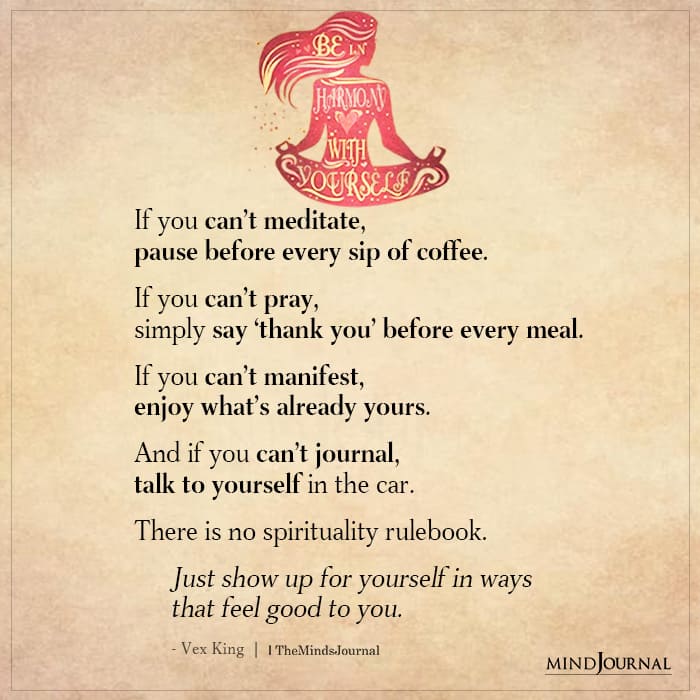
Moving meditation presents a beautiful and accessible pathway to inner harmony and peace. By incorporating mindful movement into our lives, we can experience a profound sense of calm, heightened self-awareness, and improved overall well-being.
Whether through the flowing motions of Tai Chi, the gentle postures of Qigong, the synchronized breath of Yoga, or the mindful steps of walking meditation, there is a moving meditation practice for everyone.
As we navigate the demands of our fast-paced world, let us not forget the importance of finding moments of stillness and tranquility within ourselves. Through the art of moving meditation, we can embark on a journey of self-discovery, cultivating mindfulness, reducing stress, and fostering emotional and physical well-being.
So, take a step forward, embrace the beauty of movement, and allow yourself to find peace in the rhythm of your own body and breath.
Frequently Asked Questions (FAQs):
What is a moving meditation?
It’s a transformative practice where you cultivate mindfulness and inner peace through gentle movement, such as walking or yoga.
Is it possible to meditate while moving?
Absolutely! Moving meditation involves engaging in activities like walking, yoga, or Tai Chi while focusing on your breath and movements.
Is Tai Chi a moving meditation?
Yes, Tai Chi is a graceful form of martial arts that doubles as a moving meditation, promoting physical and mental well-being.
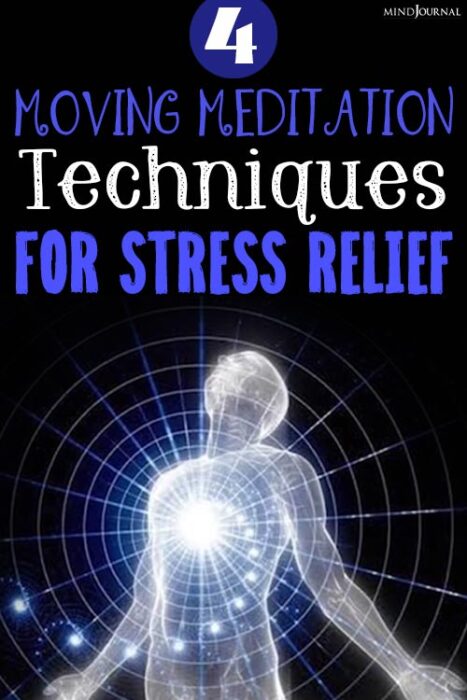
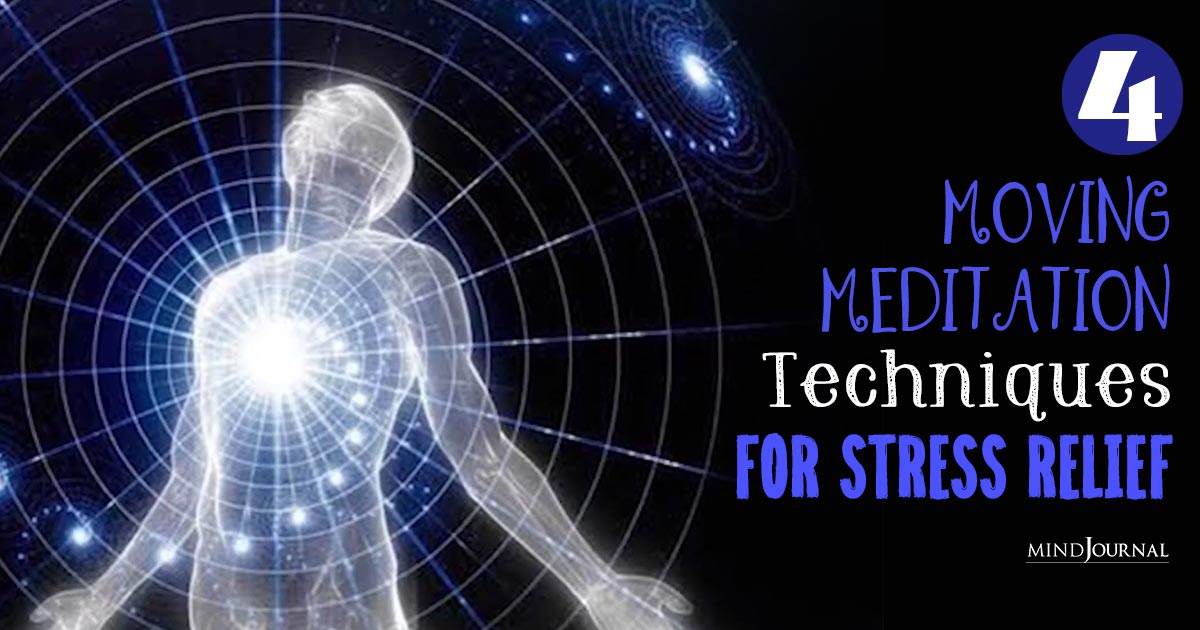
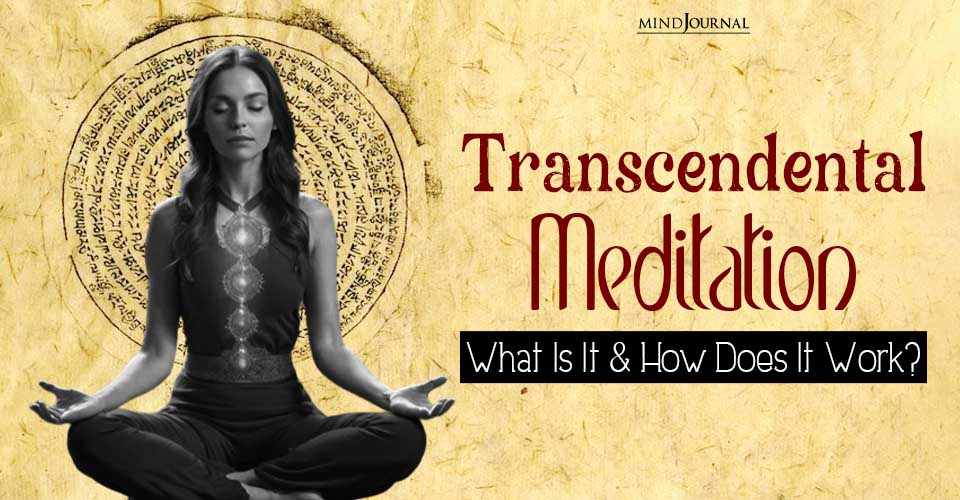
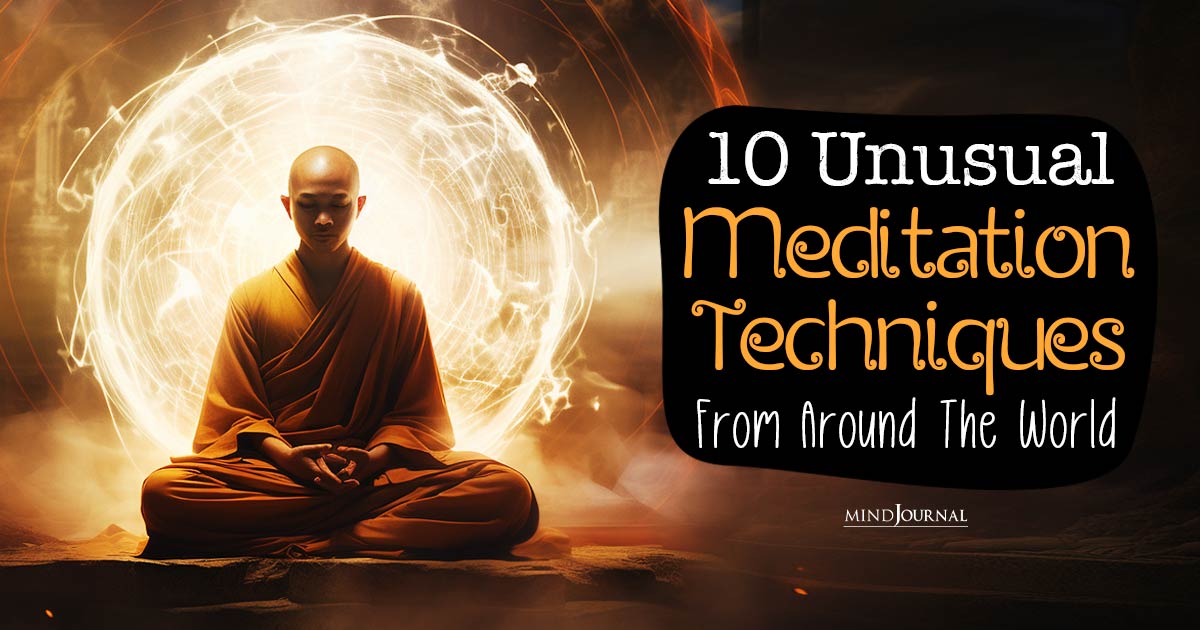
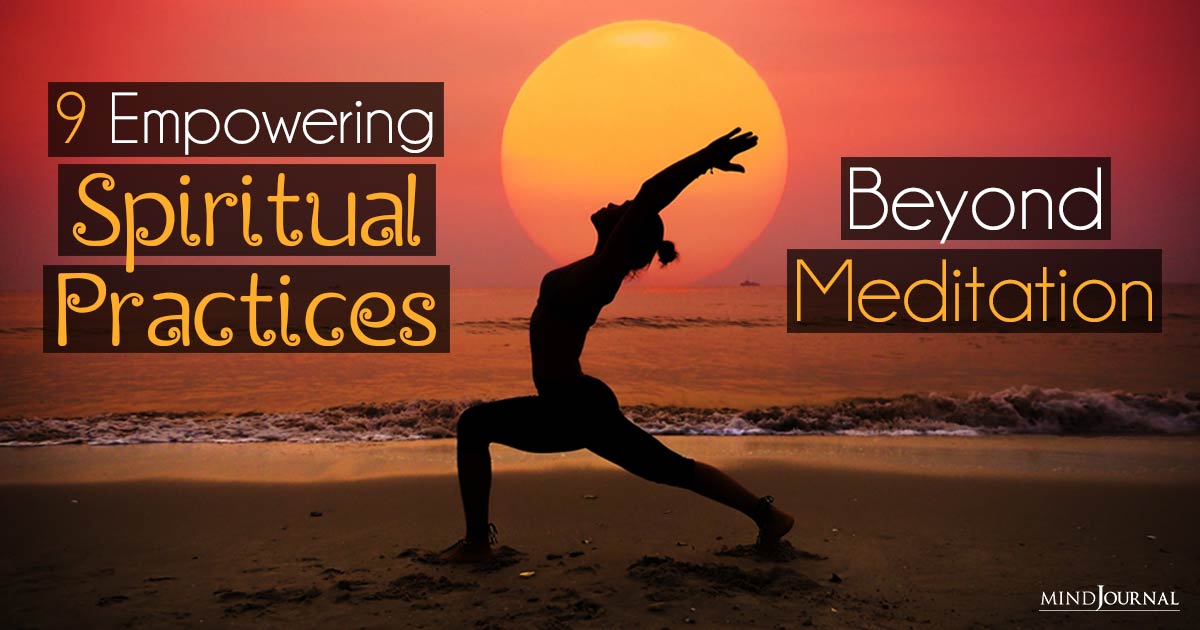
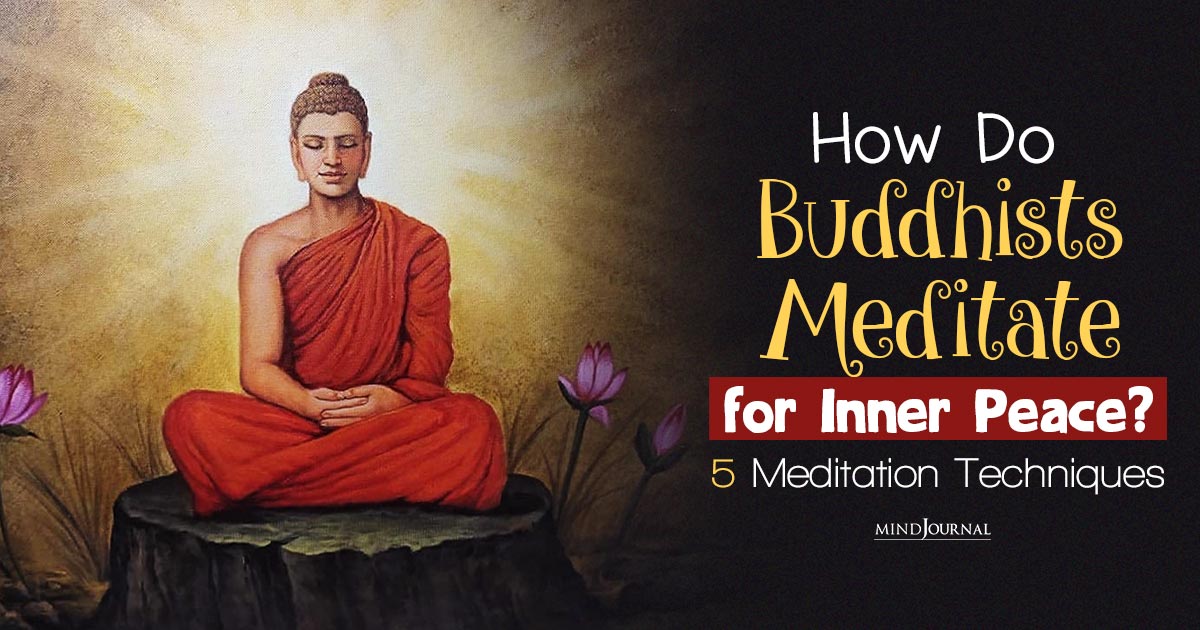
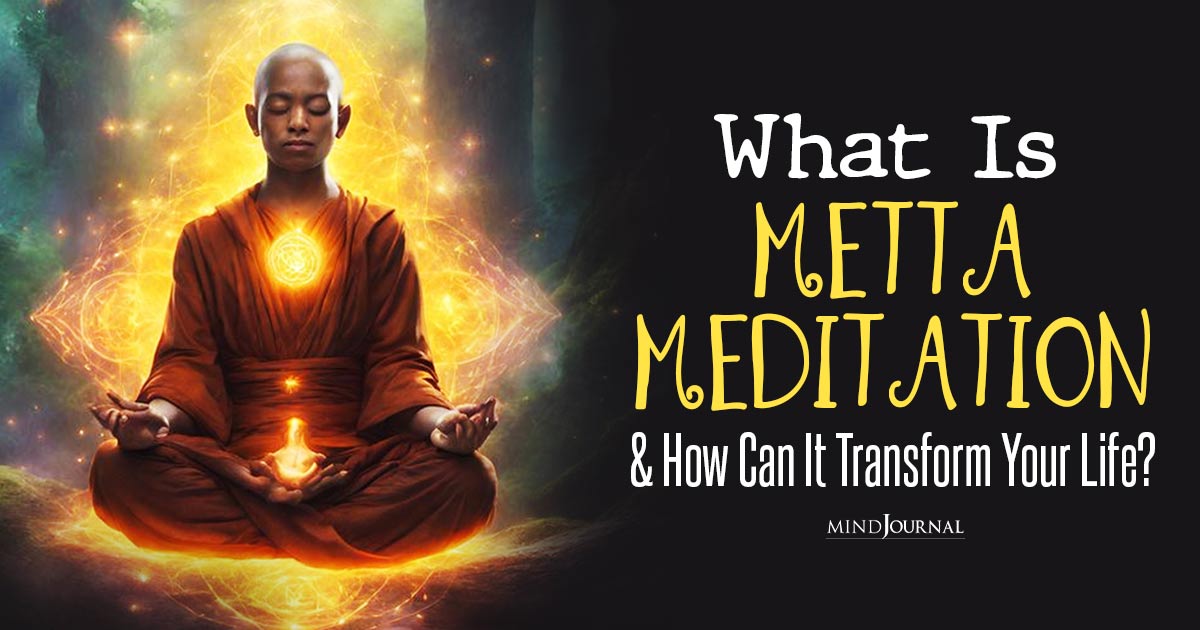

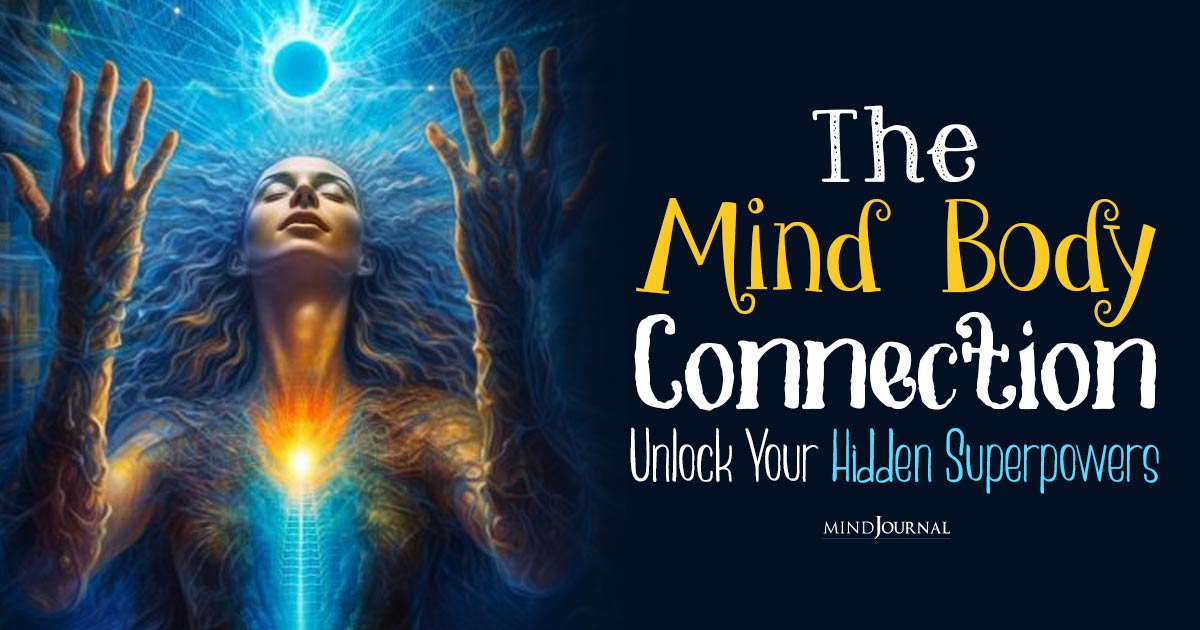
Leave a Reply
You must be logged in to post a comment.